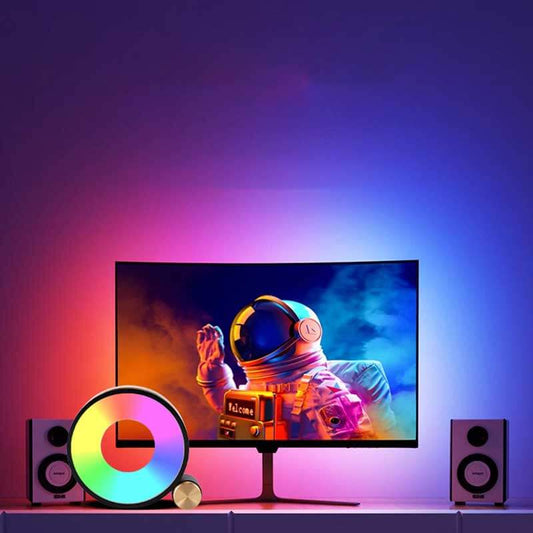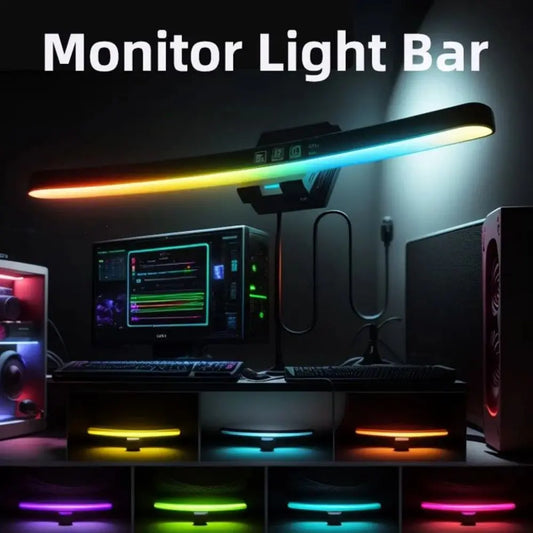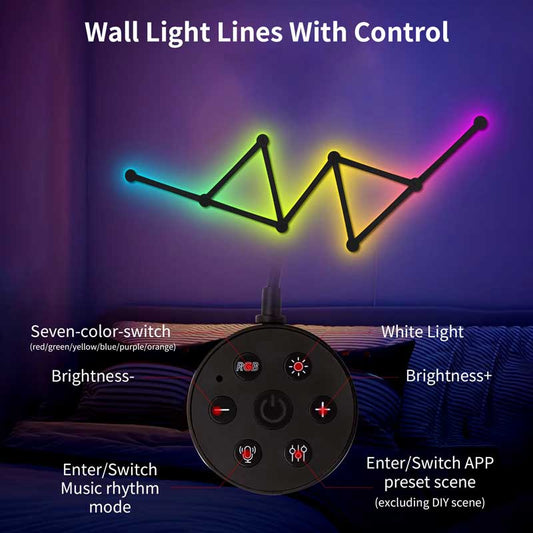Why did the Sega 32X fail?
Aktie
The Sega 32X is often regarded as one of the most infamous failures in gaming history. Launched in 1994 as an add-on for the Sega Genesis, it was supposed to extend the lifespan of the console and provide a more powerful gaming experience. However, it failed to gain traction in the market and was discontinued just over a year later. But what went wrong? Let’s explore the factors that led to the failure of the Sega 32X.
1. Poor Timing and Market Confusion
One of the main reasons the Sega 32X failed was its poor timing. At the time of its release, the Sega Genesis was already nearing the end of its lifecycle, with Sega Saturn already on the horizon. The 32X was marketed as a way to boost the power of the Genesis and keep it competitive, but its arrival came at a time when gamers were looking ahead to the next generation of consoles, including the Sony PlayStation and Sega Saturn.
By 1994, the market was already shifting, and consumers were skeptical about purchasing an add-on for a console that was quickly becoming outdated. Many gamers didn’t want to invest in the 32X when they knew that more powerful consoles were just around the corner. The Sega Saturn launched just a year later, making the 32X feel irrelevant almost immediately.
2. Limited Game Library
Another significant factor contributing to the failure of the Sega 32X was its limited game library. Despite the ambitious marketing push, the system only saw around 40 games released during its brief lifespan. Many of the titles available were either poorly received or had limited appeal. Some games were just enhanced ports of Genesis games, which didn’t show off the true capabilities of the 32X hardware.
In addition, third-party support was lacking. Many developers were focused on creating games for the Sega Saturn, Sony PlayStation, and other emerging platforms. The 32X couldn’t attract a strong lineup of exclusive or quality titles, and this lack of appealing games made it hard for the system to maintain any lasting appeal.
3. Technical Limitations and Marketing Hype
The Sega 32X was designed to provide enhanced graphics and sound over the Sega Genesis by adding additional processors. However, the hardware wasn’t as advanced as it was marketed to be. While the system could technically offer 32-bit capabilities, the games that were made for it didn’t fully capitalize on this potential.
Gamers were expecting a significant leap in graphical fidelity and immersive gameplay, but many titles released for the 32X didn’t feel that much different from those on the Genesis. The system didn’t live up to the hype, and the performance improvements weren’t as significant as many expected.
Additionally, the marketing for the 32X wasn’t clear enough to convince consumers that it was worth investing in. The concept of an add-on to an already existing console felt confusing to many, and the lack of clear messaging about its advantages only added to the consumer hesitation.
4. Price Point and Cost of Ownership
When the Sega 32X was released, it was priced at approximately $159.99 (in 1994), which was a steep cost for an add-on, especially when the core Sega Genesis console itself was already priced at around $150. For consumers who had already invested in the Genesis, paying for an additional add-on to make the system more competitive with the growing PlayStation and Saturn offerings just didn’t make sense.
Moreover, purchasing the 32X required not only the base unit but also additional hardware (such as the power supply and cables), increasing the overall cost of ownership. It didn’t seem like a valuable investment when the newer consoles were already promising far superior gaming experiences.
5. Poor Support and Distribution
Sega was also caught in a vicious cycle of bad decisions with the 32X. After the release of the Sega Saturn in 1995, it became clear that Sega had no clear strategy for managing multiple hardware platforms. The Saturn was meant to replace the Genesis, but Sega was still pushing the 32X as an add-on for the older console.
As a result, many retailers and consumers found the situation confusing. Sega failed to convince players that the 32X was a long-term solution or a good investment. Instead, it seemed like an ill-fated stopgap measure that didn’t make sense from either a technical or business perspective.
6. The Launch of the Sega Saturn
Finally, the arrival of the Sega Saturn in 1995 sealed the fate of the 32X. The Saturn, a more powerful console with better graphics, a stronger library of games, and a future-oriented vision, immediately overshadowed the 32X. Sega’s decision to focus on the Saturn while still marketing the 32X only confused consumers further, and sales of the 32X plummeted quickly after the launch of the Saturn.
Conclusion: A Legacy of Failure
In retrospect, the Sega 32X serves as a cautionary tale in the world of gaming hardware. Its failure wasn’t due to a lack of ambition but rather poor timing, unclear marketing, technical limitations, and an inability to attract significant third-party support. The failure of the 32X can also be seen as a reflection of Sega’s broader struggles during the 1990s, which ultimately led to the company’s exit from the hardware business.
While the Sega 32X is remembered fondly by some for its unique and experimental games, it remains a reminder of how even the most well-intentioned innovations can fail if not executed correctly. The system may not have succeeded, but it certainly left a mark in the history of video game consoles.
If you're interested in exploring some retro gaming experiences, check out our collection of vintage games and consoles at Youwei Trade for a nostalgic trip down memory lane!




